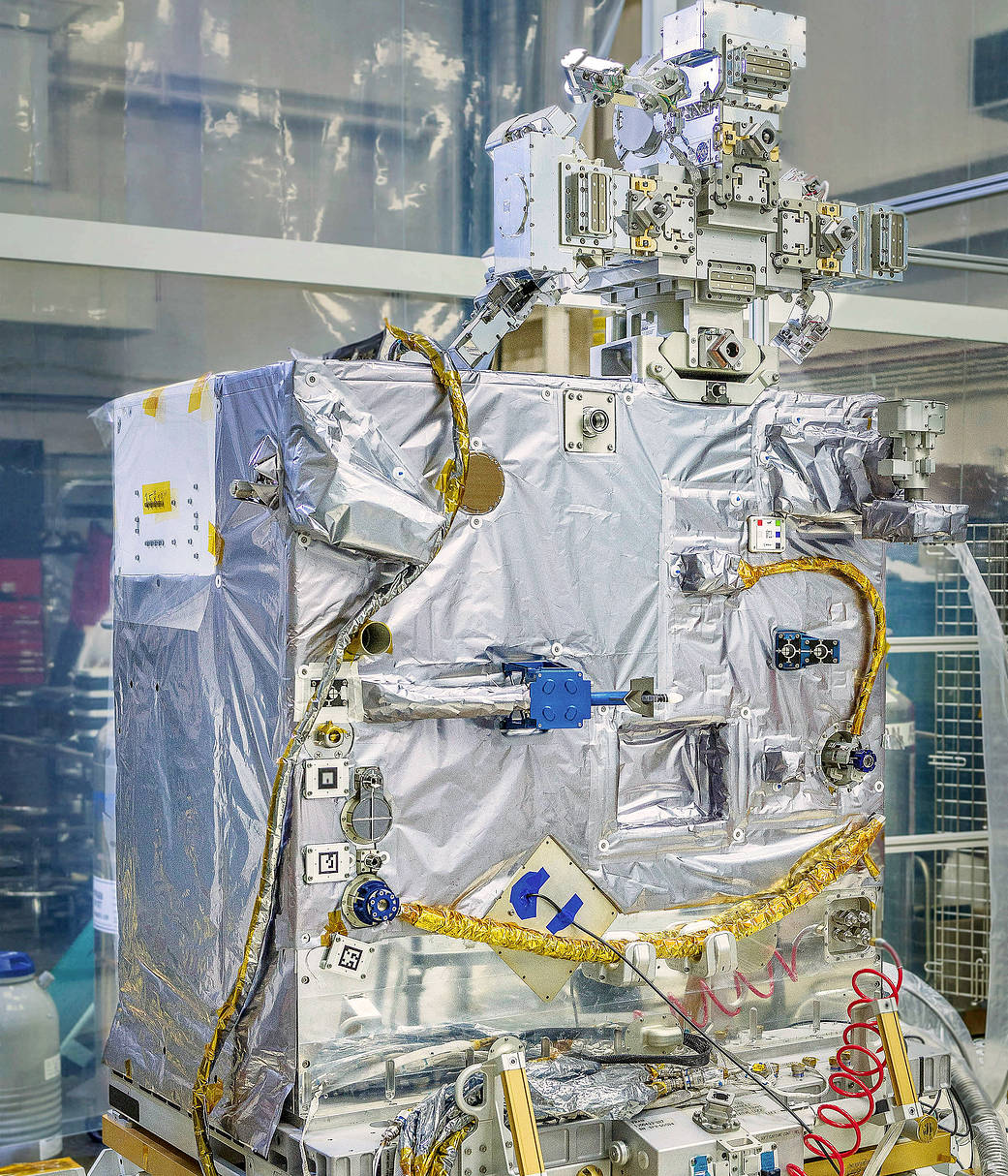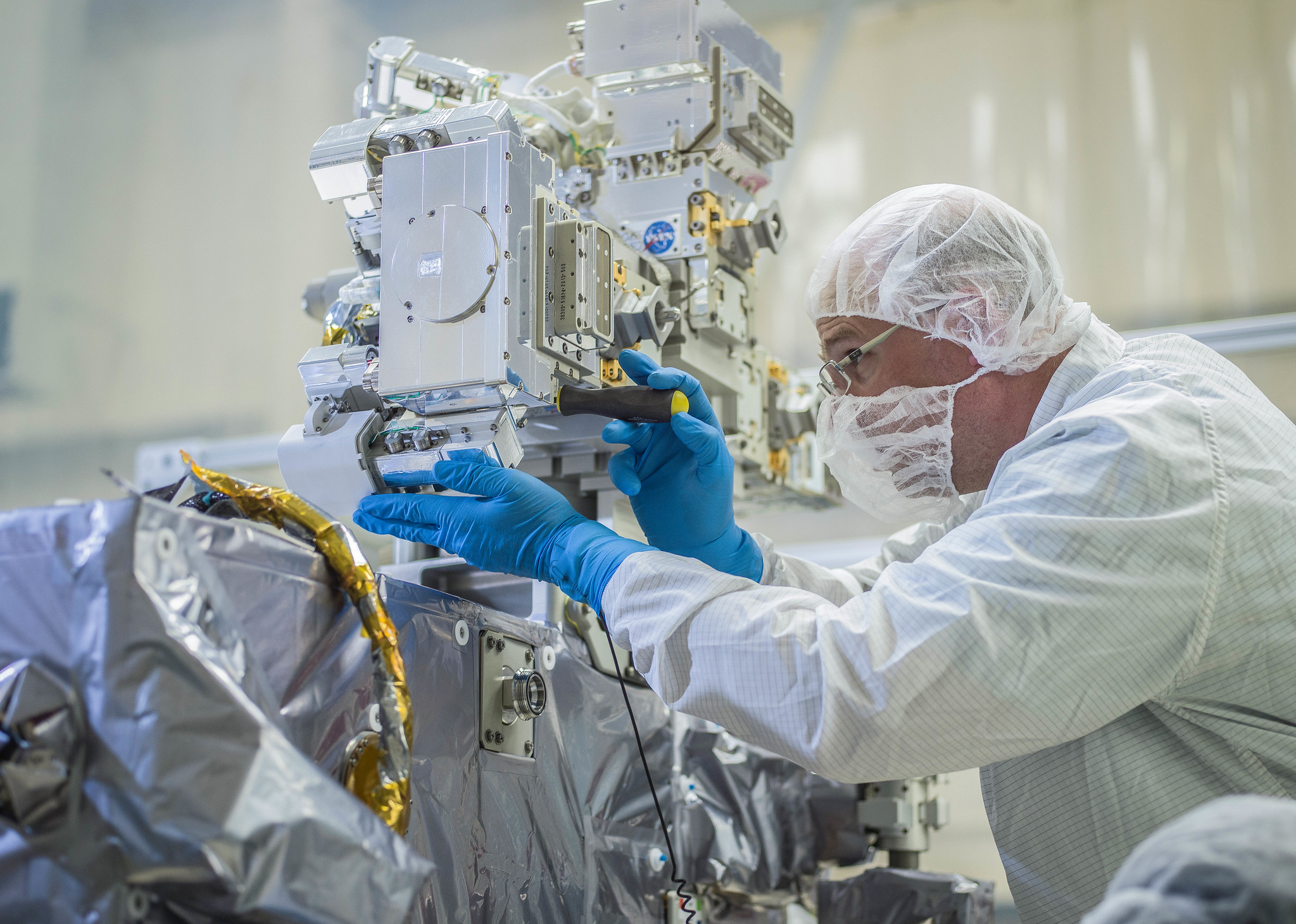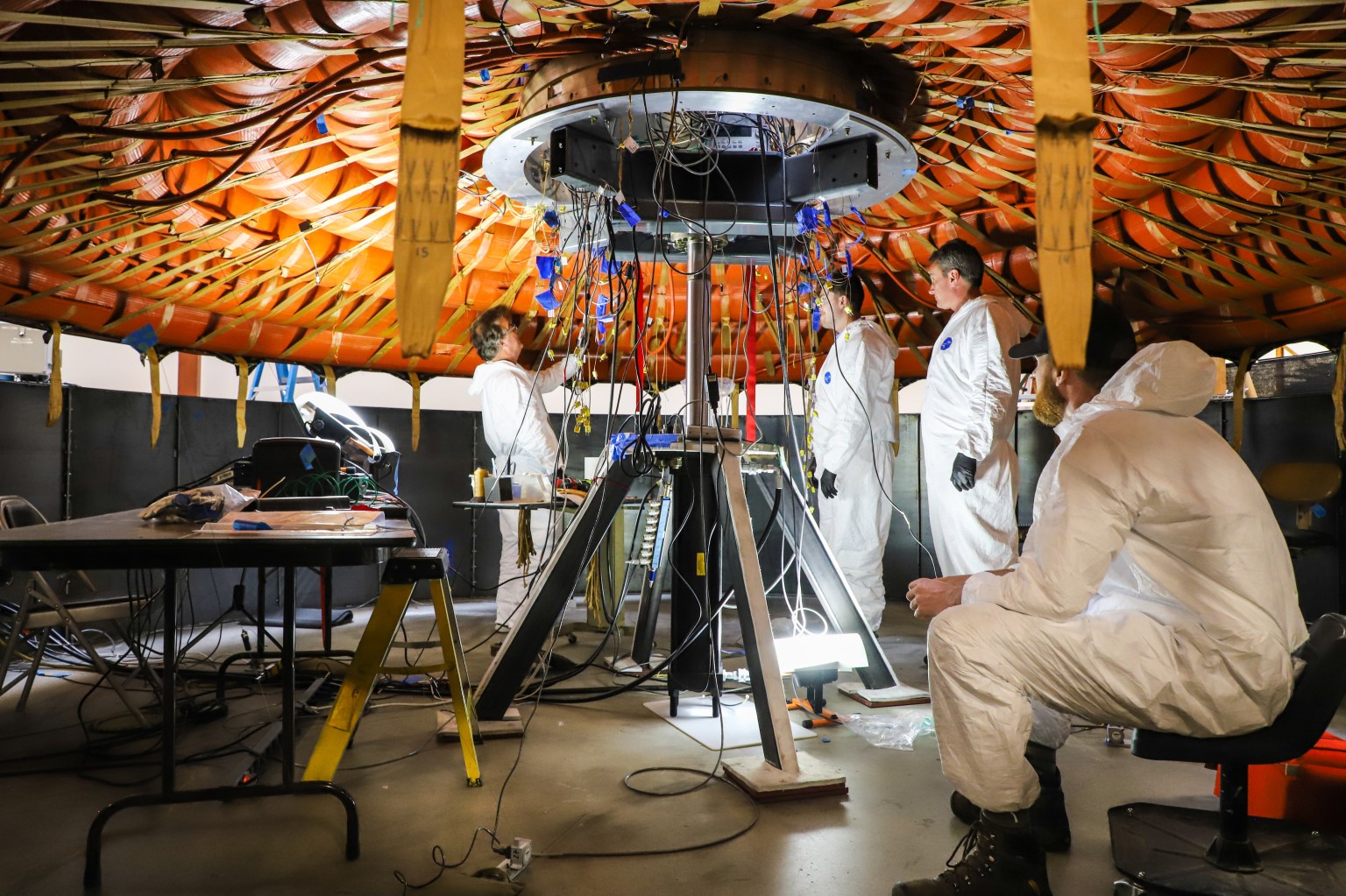The ability to refuel in space will help NASA embark on longer journeys to explore the depths of our solar system as well as prolong the lifespans of existing satellites. From the International Space Station, NASA’s Robotic Refueling Mission 3 is demonstrating the technologies, tools and techniques needed to store in-space cryogenic fluids, which can be used as a high-thrust propellant or as a coolant to keep spacecraft operational. If cryogen supplies can be replenished, the lifespan of spacecraft could be extended by years.
Launched in December 2018 on SpaceX’s 16th Commercial Resupply Services mission, RRM3 builds on the first two phases of robotic refueling technology demonstrations on station.
RRM3 Fact Sheet
As an exterior payload on the International Space Station, the Robotic Refueling Mission 3 (RRM3) will demonstrate innovative methods to store and replenish cryogenic fluid in space.
Learn More about RRM3 Fact Sheet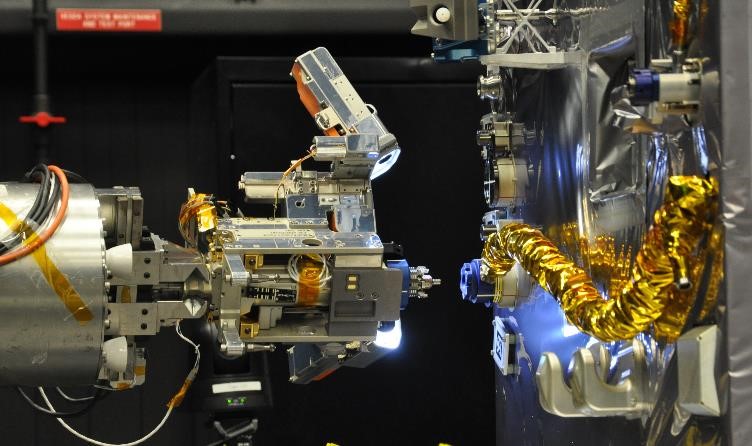
OSAM-1 and RRM3 missions are funded by the Technology Demonstration Missions program, which is located at Marshall Space Flight Center in Huntsville, Alabama and within NASA’s Space Technology Mission Directorate headquartered in Washington, D.C. Both missions are led by NASA’s Goddard Space Flight Center in Greenbelt, Maryland.
Robotic Refueling Mission 3 News
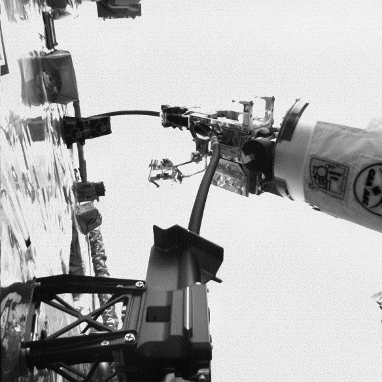
NASA’s Refueling Mission Completes Second Set of Robotic Tool Operations in Space

Robotic Refueling Mission 3 Update – April 12, 2019
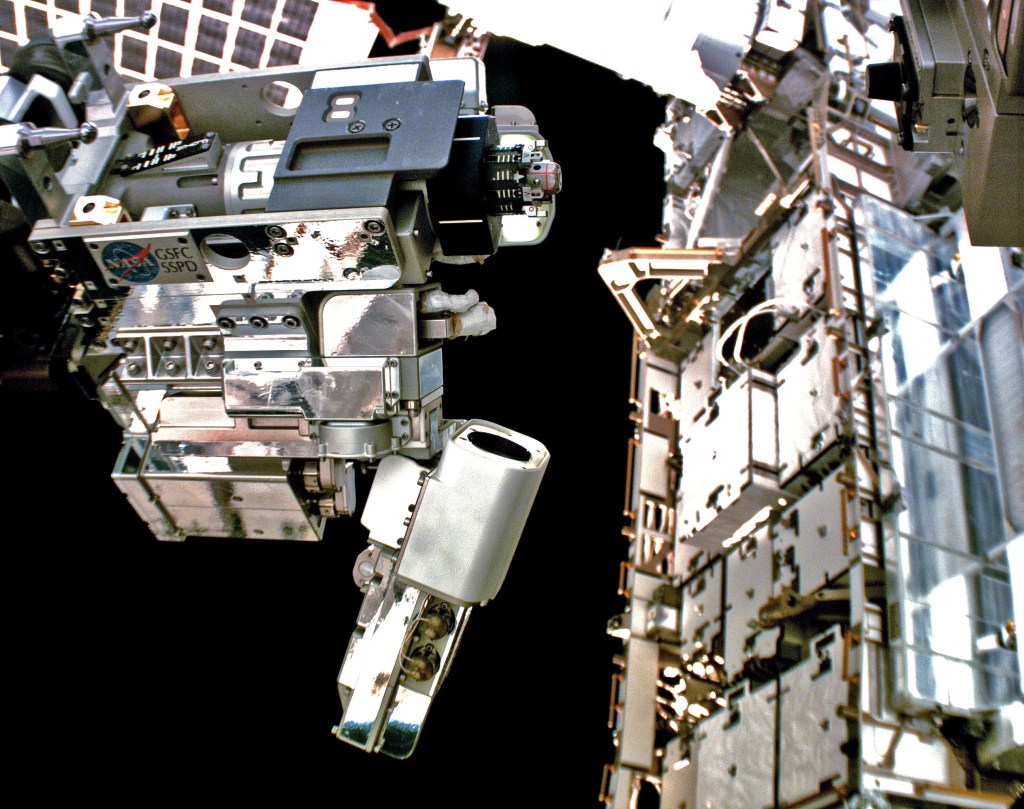
Robotic Tool Operations Bring In-Space Refueling Closer to Reality
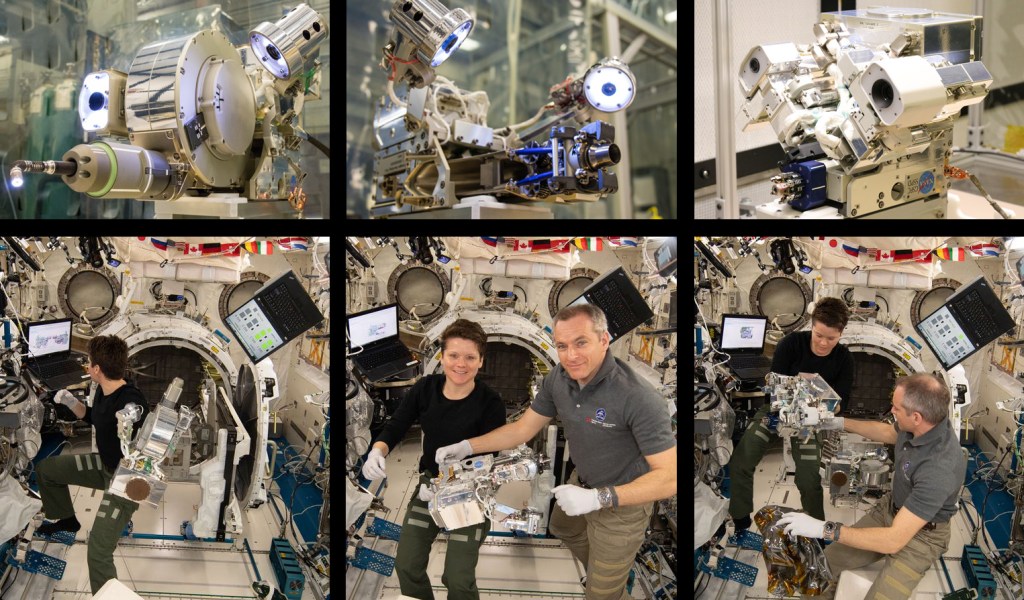
Astronauts Assemble Tools to Test Space Tech
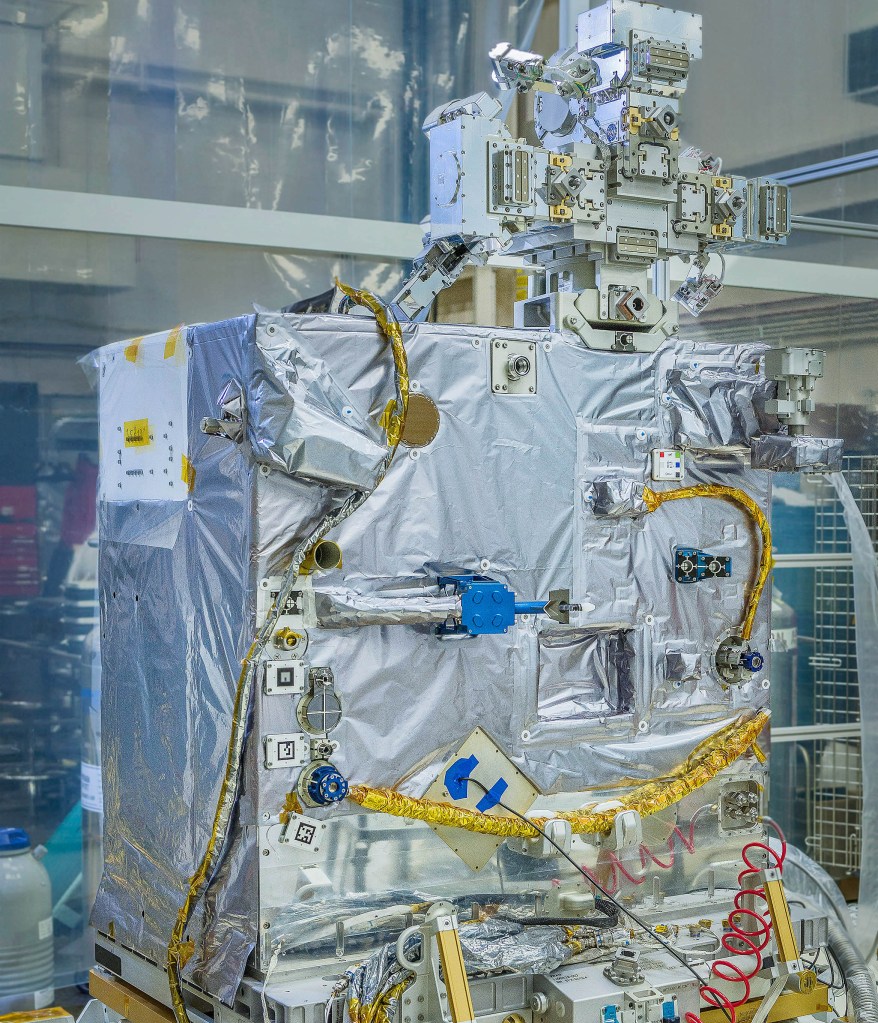
NASA to Launch New Refueling Mission, Helping Spacecraft Live Longer and Journey Farther
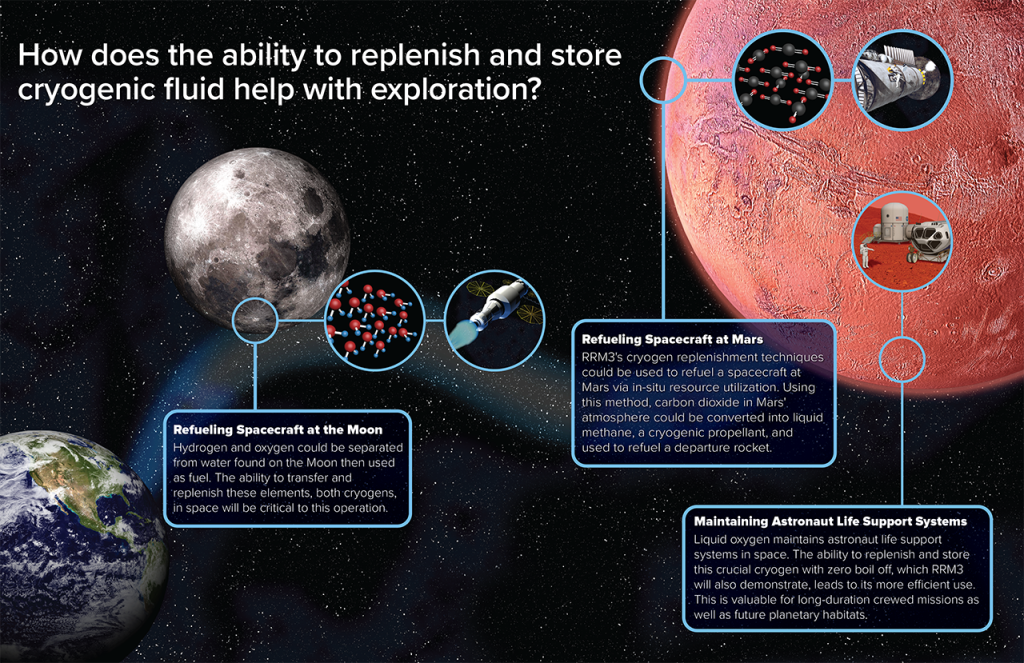
Robotic Refueling Mission 3 Completes Crucial Series of Tests
RRM-3 at Goddard
Spacecraft use consumables like propellant and coolant to perform key functions such as maneuvering and maintaining critical equipment. Consumables, by their very nature, eventually run out. The technology to replenish these crucial supplies in space does not currently exist. NASA’s Robotic Refueling Mission 3 (RRM3) will help change that paradigm, advancing satellite servicing capabilities and enabling long duration, deep space exploration.
Learn More about RRM-3 about RRM-3 at Goddard